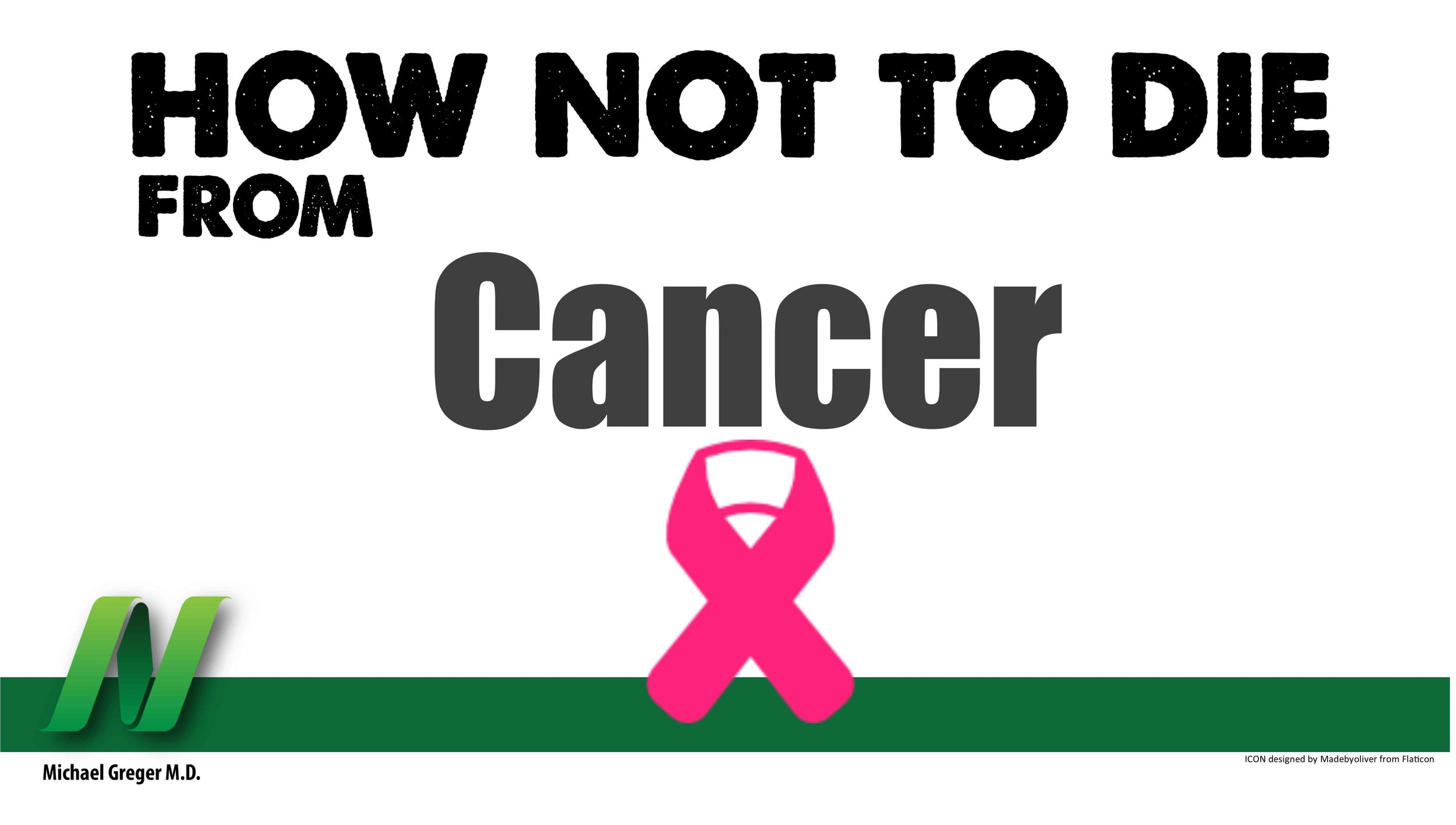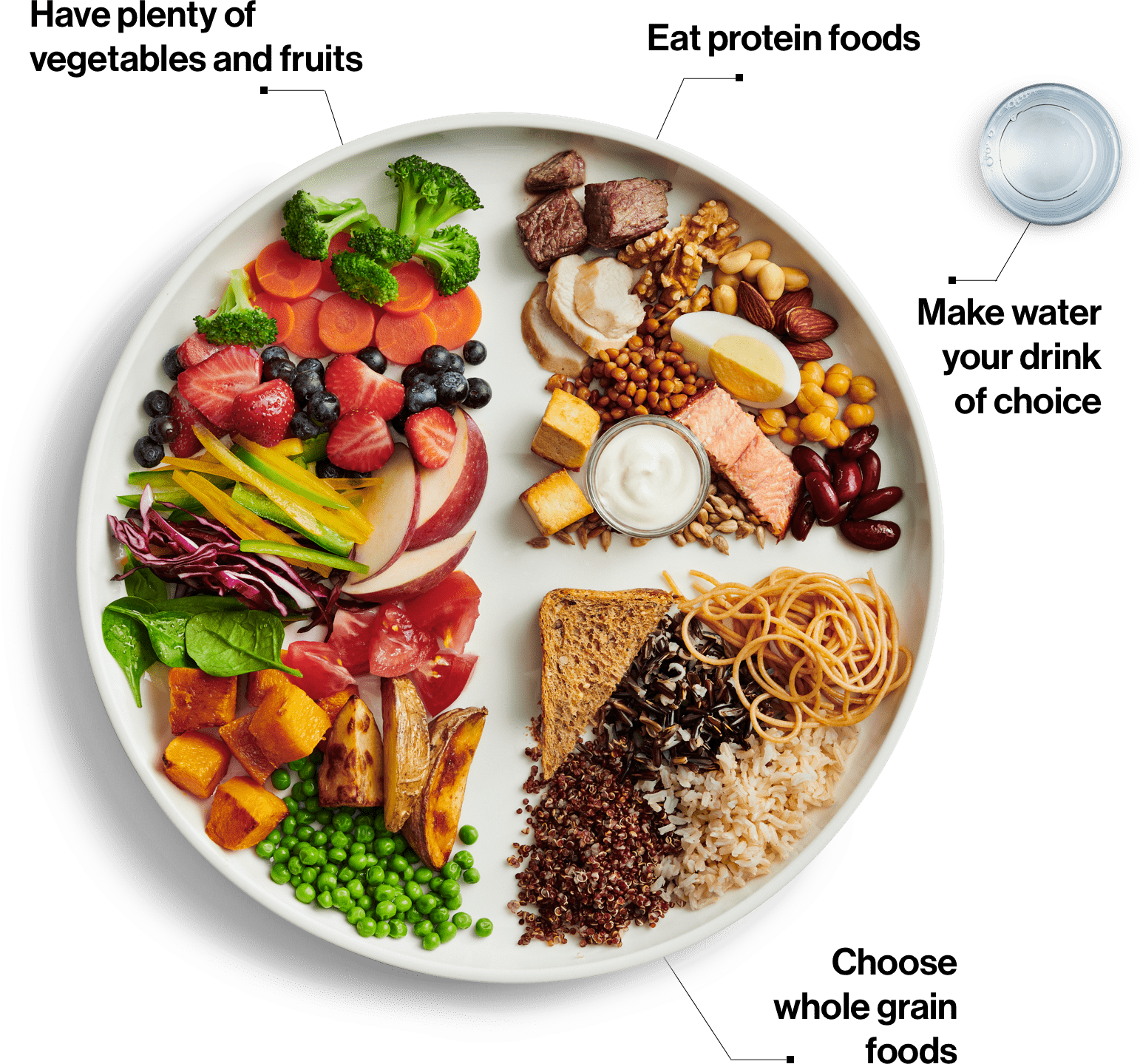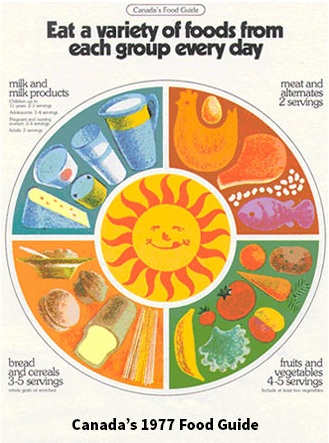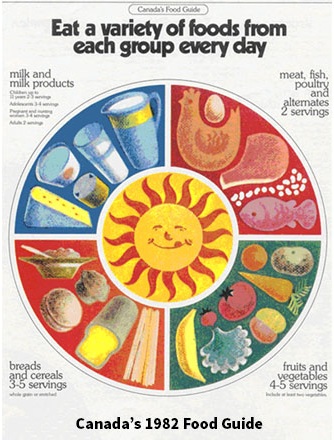Preventing and Reversing Cancer with a Whole Food Plant-Based Diet
/Last week we looked at the #1 Killer of Americans—Heart Disease. This week we will look at the second highest killer—Cancer.
According to the National Center for Health Statistics, Cancer was the second highest cause of death in America in 2016, with 598,038 deaths. [1] Globally, it contributed to an estimated 9.6 million deaths in 2018. According to the World Health Organization, about 1 in 6 deaths is due to cancer. [2] For perspective, the number of people that die from cancer each year is about equivalent to the total deaths from the American Civil War if it repeated over 15 times! [3] [4].
Lung Cancer Cell Dividing
The National Cancer Institute explains, “Cancer is the name given to a collection of related diseases. In all types of cancer, some of the body’s cells begin to divide without stopping and spread into surrounding tissues.”
It then states that “Cancer can start almost anywhere in the human body, which is made up of trillions of cells...When cancer develops, however, this orderly process breaks down. As cells become more and more abnormal, old or damaged cells survive when they should die, and new cells form when they are not needed. These extra cells can divide without stopping and may form growths called tumors.”
Many people often link cancer with old age, but that is not entirely true. A study recently published in the prestigious peer-reviewed journal The Lancet found that six types of cancer (multiple myeloma, colorectal, uterine corpus, gallbladder, kidney, and pancreatic cancer) increased in young adults (25-49 years) with steeper rises in younger generations. [5]
The study found that cancer is becoming more and more paramount for us younger generations. There is good news, though! The same diet that helps prevent heart disease just happens to be the same kind of diet that also helps prevent cancer. That one diet is a whole food plant-based diet.
the bar on the left shows cancer death with a Standard american diet (6%) and the bar on the right shows cancer death with a wFPB Diet (70%). [6]
Dean Ornish M.D., president of the non-profit Preventive Medicine Research Institute, conducted a study to find the effect of diet on prostate cancer and published his results in the Journal of Urology. When blood from men on a Standard American Diet was dripped onto cancer cells growing in a petri dish, cancer growth was cut down nine percent. However, when blood from men eating a plant-based diet for one year was dripped onto cancer cells, cancer growth was cut down by seventy percent! [6]
Prostate cancer is the leading cancer killer for men. In women, the #1 killer is breast cancer. Researchers, who published a journal article in the peer-reviewed journal Nutrition and Cancer, wanted to try the same procedure again, but for breast cancer cells. They also didn’t want to wait an entire year so instead, they used the blood of women who ate a plant-based diet for just 14 days. They found that the blood of women on a plant-based diet for 14 days cut down cancer growth more than the blood of the same women on a Standard American Diet just two weeks earlier. [7]
The bar on the left shows a Standard American diet (SAD) with little exercise, the middle bar shows a SAD with strenuous exercise, and the right bar shows a WFPB Diet with light exercise. [8] [9]
Scientists wondered if the people eating a plant-based diet also exercised and more and if that was their reason their blood reversed cancer growth. A study published in the peer-reviewed journal The Prostate studied the apoptosis or programmed cancer cell death levels for each of three groups: those who were on a Standard American Diet and sedentary for 14 years, those who were on a Standard American Diet, but had 14 years of daily, strenuous, hour-long exercise, and those who followed a plant-based diet and had mild exercise such as walking.
The study showed that the group following a plant-based diet with mild exercise had an apoptosis rate almost twice as much as the group eating a Standard American Diet but with daily, strenuous exercise. The plant-based group also had an apoptosis rate hundreds of times larger than the group on a Standard American Diet with minimal exercise. [8]
I thought that it would be helpful for me to include some resources where you can learn more about cancer and even how to prevent and reverse it. The first is a video is titled How Not to Die from Cancer and is a part of Dr. Michael Greger’s How Not to Die series. He also has two videos on treating prostate cancer: Treating Advanced Prostate Cancer with Diet Part 1 and Treating Advanced Prostate Cancer with Diet Part 2. Lastly, you can find over 500 videos about a plant-based diet and cancer at his video library about cancer.
The amazing takeaway from this blog is that some cancers can not only be prevented but even reversed by following a whole food plant-based diet. It is of critical importance for young people like me to start now because cancer rates are increasing in younger generations.
Sources:
[1] https://www.cdc.gov/nchs/fastats/leading-causes-of-death.htm
[2] https://www.who.int/news-room/fact-sheets/detail/cancer
[3] https://www.battlefields.org/learn/articles/civil-war-casualties
[4] Calculations: Deaths in the American Civil War: 620,000
Deaths from Cancer each year: 9,600,000
⇒9,600,000/620,000≈15.5
[5] https://www.sciencedirect.com/science/article/pii/S2468266718302676?via%3Dihub
[6] https://www.ncbi.nlm.nih.gov/pubmed/16094059
[7] https://www.ncbi.nlm.nih.gov/pubmed/16965238
[8] https://www.ncbi.nlm.nih.gov/pubmed/12772189
[9] https://nutritionfacts.org/video/how-not-to-die-from-cancer/
[10] https://nutritionfacts.org/video/treating-advanced-prostate-cancer-with-diet-part-1/
[11] https://nutritionfacts.org/video/treating-advanced-prostate-cancer-with-diet-part-2/



![the bar on the left shows cancer death with a Standard american diet (6%) and the bar on the right shows cancer death with a wFPB Diet (70%). [6]](https://images.squarespace-cdn.com/content/v1/5a15e595f09ca4cdefcbbcaa/1549825022855-LIAAKU0BNEX5H72YZ1RO/Reversing+Cancer)
![The bar on the left shows a Standard American diet (SAD) with little exercise, the middle bar shows a SAD with strenuous exercise, and the right bar shows a WFPB Diet with light exercise. [8] [9]](https://images.squarespace-cdn.com/content/v1/5a15e595f09ca4cdefcbbcaa/1549825463684-G6PR3LU6KKYESXS9YQ7V/Apoptosis%252Bfrom%252Bthree%252Bdifference%252Blifestyles)


![This image shows the progression of atherosclerosis or plaque buildup over the course of a lifetime. [6]](https://images.squarespace-cdn.com/content/v1/5a15e595f09ca4cdefcbbcaa/1549157882694-OT8459E3SBW1I58G5EP8/Heart+Disease+Progression)
![Image from Source [8]](https://images.squarespace-cdn.com/content/v1/5a15e595f09ca4cdefcbbcaa/1549157423731-ALK1GC4M3GZQXNMHM5J7/Atherosclerosis+Reversal)






